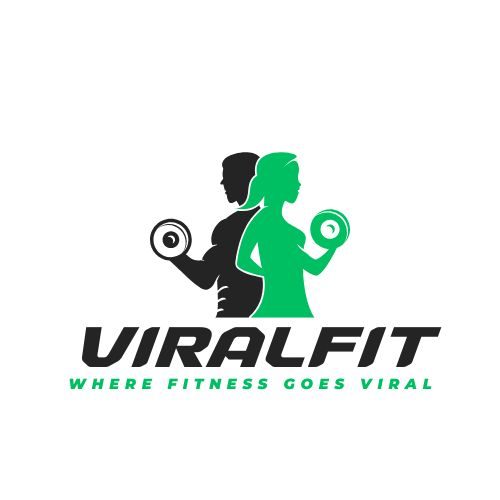In the fast-paced world of fitness, High-Intensity Interval Training (HIIT) has emerged as a revolutionary approach to achieving maximum results in minimal time. HIIT is not just a fitness trend; it’s a scientifically backed workout strategy that’s changing the way people exercise. In this article, we’ll explore what HIIT is, its benefits, how to get started, and why it’s become an SEO-friendly buzzword in the fitness industry.
What Is HIIT?
HIIT is a training method that involves short bursts of intense exercise followed by brief periods of rest or low-intensity recovery. The goal is to push your body to its limits during the high-intensity intervals, challenging your cardiovascular system and muscles. HIIT workouts can vary in duration, typically lasting anywhere from 10 to 30 minutes.
Benefits of HIIT
Efficient Time Utilization: HIIT’s primary appeal is its efficiency. It is now difficult to find the time to exercise because everybody has a hectic schedule. HIIT allows you to get an effective workout in a short period, making it perfect for those with hectic schedules.
Fat Burning: HIIT has been proven to be exceptionally effective for burning fat. The intense intervals elevate your heart rate and metabolism, leading to increased calorie burn during and after the workout.
Improved Cardiovascular Health: HIIT can enhance your heart health by increasing your cardiovascular fitness. Regular HIIT sessions improve your body’s ability to transport oxygen and nutrients, reducing the risk of heart disease.
Maintenance of Muscle Mass: Unlike certain conventional cardiovascular exercises, HIIT aids in the retention of muscle mass while facilitating fat reduction. This renders it a superb option for individuals seeking to develop or uphold muscle.
No Equipment Necessary: Many HIIT workouts require little to no equipment, making it accessible to almost anyone. You can do a HIIT workout in your living room, at the park, or in the gym.
Starting Your HIIT Journey
Getting started with HIIT is relatively straightforward:
Consult a Healthcare Professional: Before beginning any new exercise program, it’s crucial to consult with your healthcare provider, especially if you have any pre-existing medical conditions.
Choose Your Exercises: HIIT workouts can be customized to your fitness level and preferences. Common exercises include sprinting, cycling, jumping jacks, burpees, and bodyweight exercises like push-ups and squats.
Determine Work and Rest Ratios: Decide on the duration of your high-intensity intervals and rest periods. A common ratio is 20 seconds of intense effort followed by 10 seconds of rest, but it can vary based on your fitness level.
Warm-Up and Cool Down: Always start with a warm-up to prepare your body and finish with a cool-down to help with recovery.
Progress Gradually: As you become more comfortable with HIIT, you can increase the intensity and duration of your workouts.
HIIT in SEO-Friendly Terms
In the digital age, health-conscious individuals turn to search engines for fitness advice and information. SEO (Search Engine Optimization) plays a significant role in making HIIT accessible to a broader audience. Fitness websites, blogs, and influencers create content centered around HIIT to cater to this demand. By using relevant keywords, informative articles, and engaging visuals, they optimize their content for search engines, ensuring that people searching for HIIT-related information can find it easily.
In conclusion, High-Intensity Interval Training (HIIT) offers a time-efficient and highly effective way to improve your fitness. With its numerous benefits, HIIT has captured the attention of both fitness enthusiasts and the SEO-savvy fitness industry. Incorporating HIIT into your workout routine can help you achieve your fitness goals, whether it’s weight loss, improved cardiovascular health, or muscle preservation. So, why wait? Start reaping the rewards of HIIT today!





Hi, this is a comment.
To get started with moderating, editing, and deleting comments, please visit the Comments screen in the dashboard.
Commenter avatars come from Gravatar.